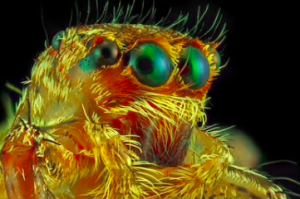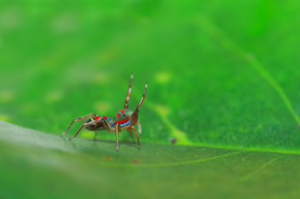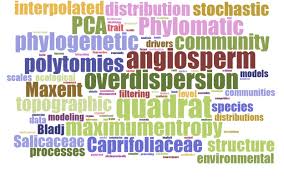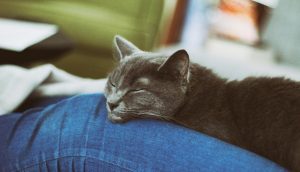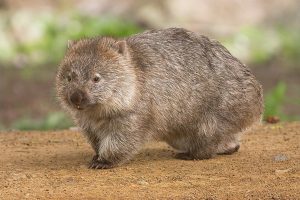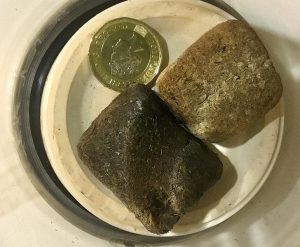If you think finding a girlfriend is difficult during cuffing season, imagine what the animal kingdom goes through each mating season. For example, take a look at the very colourful Peacock Spider (also known as the Jumping Spider, genus Maratus).
The peacock spider is native to Australia. The genus is filled with a striking array of contrasting colours, from white and yellow to reds and blues that seem iridescent on their bodies.
Scientists looked more in depth at their impressive display of colour to better understand how they were able to capture such a wide range of beautiful, vibrant hues on their bodies. They found that the colours on their abdomen were actually from very small scales on their body. These scales also produced an iridescent and shiny reflection when the light hit them just right, all in the hopes of capturing a female’s attention and impressing them.
Females do not have the same pigmentation on their bodies, and they are generally a little bit larger than their male counterparts. This is known as sexual dimorphism, when the two sexes in the same species display different traits other than their sexual organs.
The species practices interspecific sexual competition, also known as “female choice”. Males have a very difficult time getting female attention to mate with. One wrong step, one wrong flick of their legs, and they’re out of the game, literally. If the female decides that she finds the courtship display to be uninteresting, she will likely attempt to kill the male. If she is successful, the female will feast on the male. The male may try to escape by jumping away, but if he is not quick enough he will meet his end. If the male is lucky, the female will find him worthy of a mate and copulate with him. However, even then the male is not yet free. The female may choose to eat her mate after he’s finished being useful so that she’ll have enough energy to carry the babies and make sure they hatch. This is known as sexual cannibalism, and it is terrifying.
As if these little guys didn’t have it rough already. I mean, look at this picture. It’s a face only a mother could love.
Scientists also studied the courtship dance of Peacock spiders and found that vibration signals are also a part of the complex body ornaments (colourful abdomens) and motion displays (the raising of their third legs in an upward motion).
The animal world has such interesting displays of courtship. Some are species specific behaviours, found nowhere else in the world, just like our jumping spider friends.
At least we humans have it a little easier. Imagine going out for the night to the bar in the hopes of finding that special someone. The prettiest girl you’ve ever seen is just across the room, and you have to shoot your shot. You begin your courtship display, flashing your shiny bling, vibrant t-shirt, and hip dance moves. The worst that could possibly happen is her laughing at you for your embarrassing dance skills. Aren’t you glad you aren’t a jumping spider?
So, if you’re having a tough time trying to cuff a girlfriend this winter season, maybe it’s time to learn a thing or two from the insect world and win your girls over … through flashy, vibrant colours and the power of dance.

To watch their courtship display on youtube, go here.

For a short BBC video on peacock spiders, find it on youtube here.
Written by Taranom Behzadi


